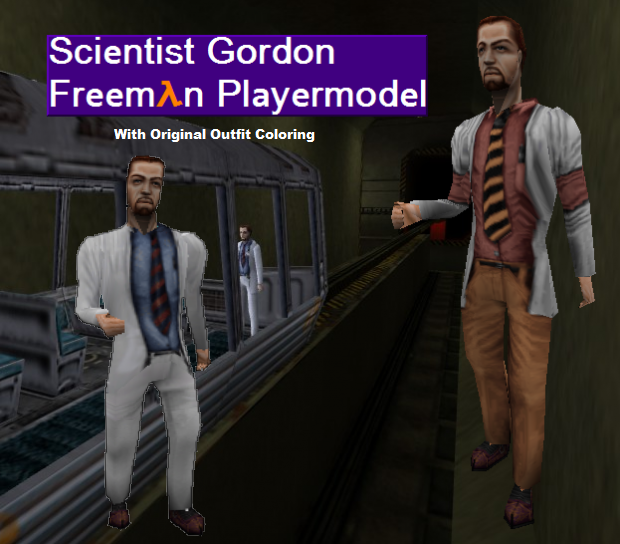
He was looking for a few bright associates, and Gordon was his first choice, although Judith Mossman also applied for the position. Incidentally, Kleiner had taken charge of a research project being conducted at the Black Mesa Research Facility, located somewhere in the New Mexico desert. Working at Black Mesa ĭisappointed with the slow pace and poor funding of academic research (and with potential tenure a distant dream), Freeman looked for a job in the private sector.

In 1999, he received his doctorate ( Ph.D.) from MIT with a thesis paper entitled Observation of Einstein- Podolsky- Rosen Entanglement on Supraquantum Structures by Induction through Nonlinear Transuranic Crystal of Extremely Long Wavelength (ELW) Pulse from Mode-Locked Source Array (essentially about the teleportation of matter through extremely dense elements). Practical applications for teleportation became his obsession, and he eventually attended the Massachusetts Institute of Technology (MIT), in which Isaac Kleiner became his mentor. While visiting the University of Innsbruck in the late 1990s, Freeman observed a series of seminal teleportation experiments conducted by the Institute for Experimental Physics. At age 6, he even constructed a butane-powered tennis ball cannon. His earliest heroes were Albert Einstein, Stephen Hawking and Richard Feynman. Early life and MIT Ī native of Seattle, Washington, Freeman showed great interest and aptitude in the areas of quantum physics and relativity at a young age.

Freeman's letter of acceptance to Black Mesa, signed “ L.M.”, written May 5, 200-, as it appears in the instruction manual of the PlayStation 2 version of Half-Life.


 0 kommentar(er)
0 kommentar(er)
